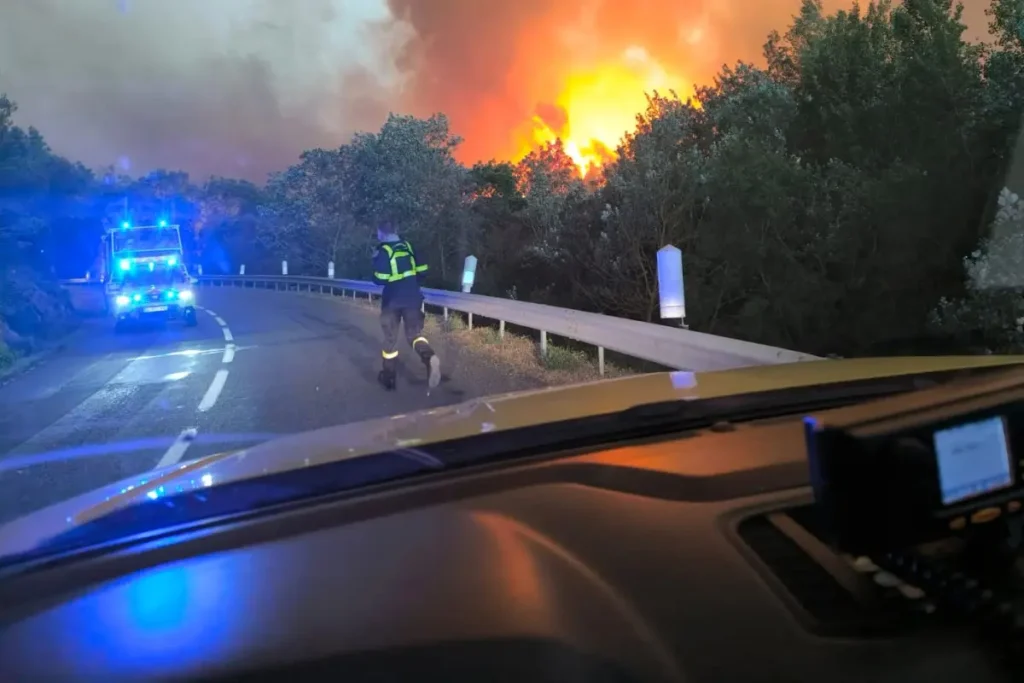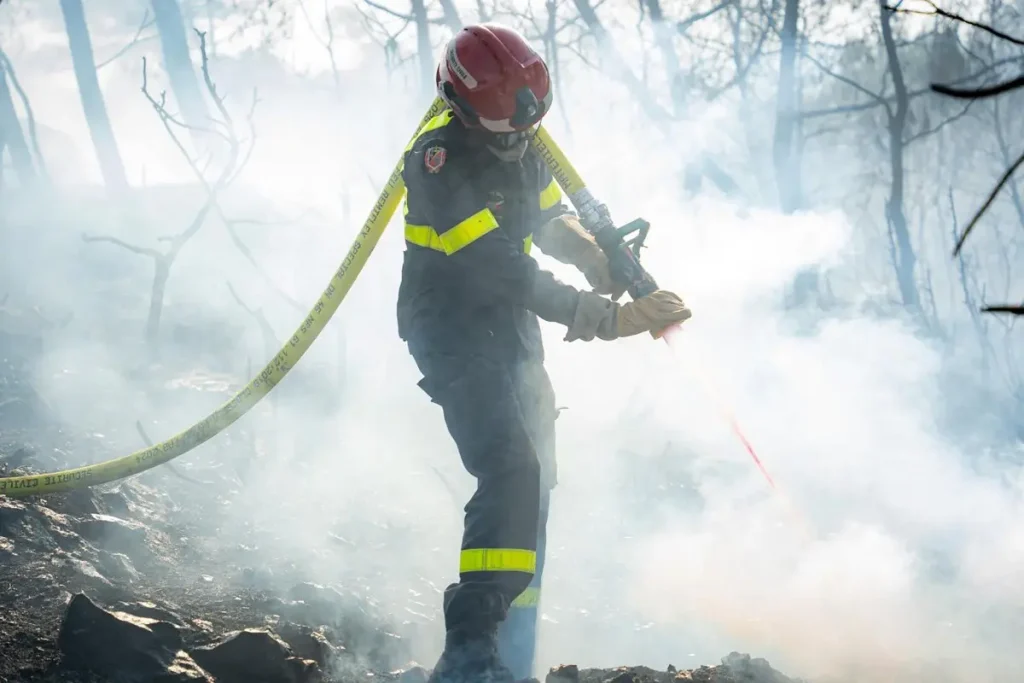Southern France has just endured its most devastating wildfire in at least half a century — a 17,000-hectare blaze in the Aude department that scorched land faster than authorities could react. In barely 48 hours, an area larger than Paris vanished in smoke, much of it at the height of the summer tourist season.

While officials have yet to confirm the spark that ignited the fire, the conditions that allowed it to explode were decades in the making. Fierce, shifting winds made the blaze unpredictable, but experts point to deeper, systemic drivers: hotter summers, prolonged drought, and changes in land use such as the removal of vineyards, which once served as natural firebreaks. These are not new warnings — climate scientists have been sounding the alarm for years.
The human toll is already severe: one woman who refused to evacuate died in her home; 18 others, mostly firefighters, were injured; and some 2,000 residents remain displaced, many in temporary shelters. Up to 900 hectares of vineyards — a cornerstone of the local economy — have been lost.

Authorities declared the fire “under control” on August 9, but full extinguishment could take days. Ironically, low clouds and drizzle have helped slow the spread but also grounded water-dropping aircraft. Forecasts of higher temperatures and the notorious tramontane wind this weekend could undo much of the progress. Access to charred forests has been banned, and roads remain dangerous due to debris and downed power lines.
France has already recorded around 9,000 wildfires this summer, most clustered near the Mediterranean. The government blames climate change — yet critics argue that acknowledging the link is not enough. They point to underinvestment in prevention, outdated firefighting strategies, and a lack of coordinated land management as factors leaving rural communities exposed.

Neighbouring Spain and Portugal are bracing for similar risks, with temperatures nearing 40°C. Without accelerated adaptation plans and cross-border cooperation, this summer’s inferno could prove a grim preview of southern Europe’s future.



